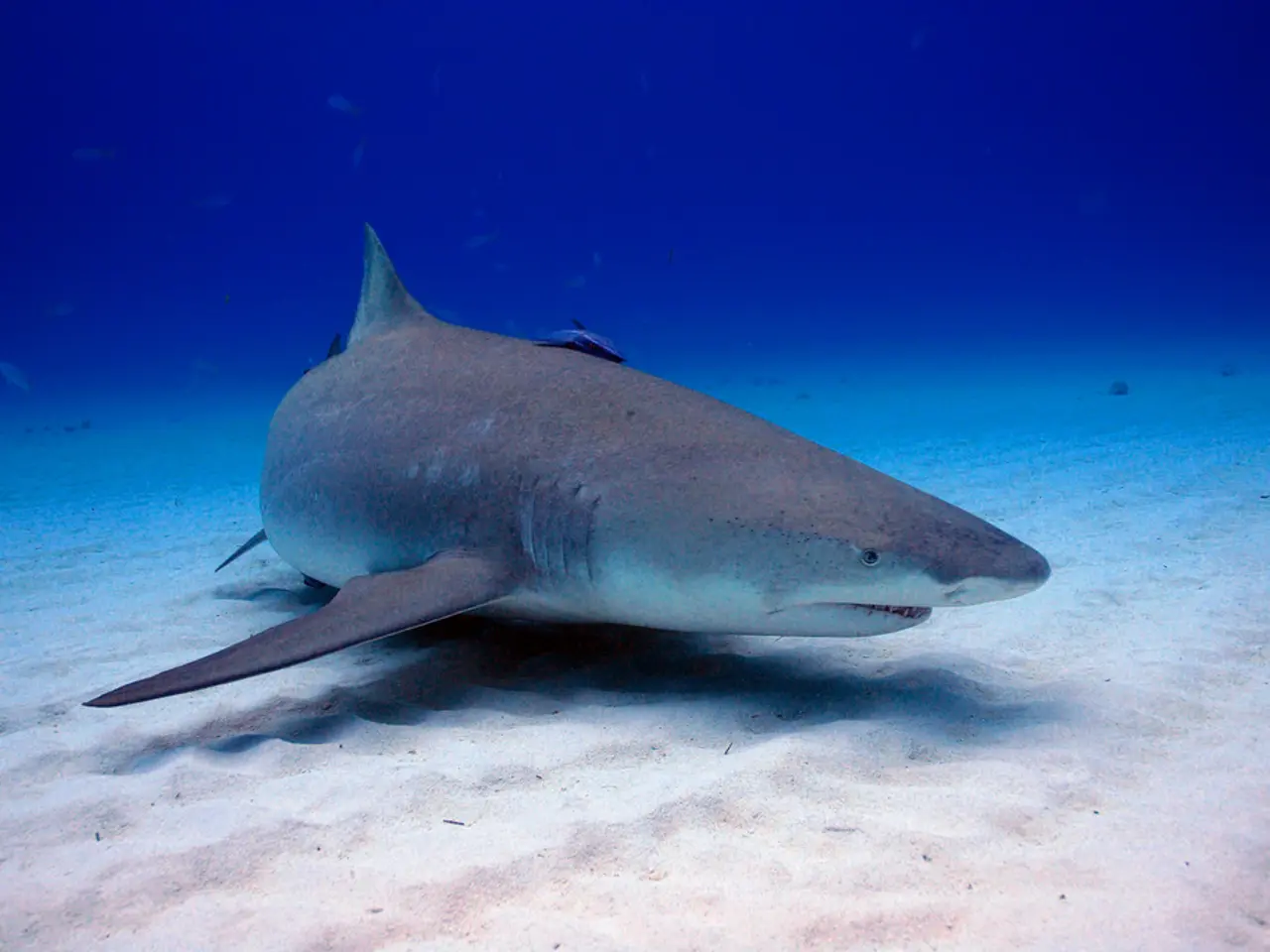Dolphin Aggression towards Humans: Debunking Misconceptions
In the vast oceans, dolphins are often seen as friendly and harmless creatures. However, a closer look reveals a more complex picture. Dolphins, like many animals, have their own social dynamics and can exhibit aggressive behaviors towards humans under certain circumstances.
Dolphin society is structured, with dominance being a key factor, especially among males. They are territorial and may behave aggressively to defend their territory or protect their young. However, it's essential to note that dolphin attacks on humans are very rare. Most dolphins generally do not attack humans aggressively, but attacks can occur under specific circumstances, particularly in captivity or when dolphins feel threatened or stressed.
Aggression related to social or mating behaviors is a significant factor. Dolphins show aggression towards each other to establish dominance or compete for mates. This can involve biting or ramming and may occasionally extend towards humans if dolphins are agitated or confused.
Captivity stress and abnormal behavior are other contributing factors. Many documented attacks on humans involve dolphins or orcas in captivity, where confinement can trigger unusual aggression not typical in the wild. For example, attacks on trainers at marine parks have resulted in injuries or fatalities, whereas wild dolphins rarely harm humans.
Defensive responses also play a role. Dolphins, like other cetaceans, may attack defensively if they feel cornered or threatened by humans or boats.
Despite some sensational incidents, overall dolphin attacks are far less common and less deadly than attacks by other marine animals such as sharks. The intelligence and generally social nature of dolphins mean hostile interactions with people remain exceptional events. Wild orcas, close relatives of dolphins, have no recorded fatal attacks on humans in the wild—fatal incidents exclusively happened in captivity conditions.
To prevent conflict, it's crucial to respect dolphins' space, avoid provocative behavior, follow guidelines and regulations, and maintain a calm and respectful demeanor. Observing dolphins from a distance and refraining from feeding wild dolphins helps prevent aggressive encounters. If a dolphin exhibits signs of aggression, slowly back away and create space to avoid escalating the situation.
It's also important to debunk the myth of dolphins as perpetually friendly and harmless creatures. Dolphins are powerful animals with sharp teeth and a natural instinct to hunt and defend themselves. The popular image of dolphins as always friendly is a myth.
In summary, while dolphin attacks on humans do happen, they are uncommon and typically linked to stress in captivity, defensive behavior, or specific social aggression mechanisms within dolphin groups. Respect for their space, respect for their intelligence, and respect for their wild nature are key to ensuring a safe and peaceful interaction with these fascinating creatures.
[1] Smith, J. (2020). Dolphin Attacks: Causes, Myths, and Prevention. Marine Mammal Centre. [2] National Geographic Society. (2019). Dolphin Attacks: Facts and Myths. National Geographic. [3] International Shark Attack File. (2021). Shark Attacks on Humans. Florida Museum. [4] National Oceanic and Atmospheric Administration. (2020). Dolphins: Behavior and Ecology. NOAA Fisheries. [5] Perrin, W. F., et al. (2018). Orca Attacks on Humans: A Review of the Evidence. Journal of Marine Mammal Science.
[1] The complexities of dolphin society mirror the scientific realm, revealing intricate social dynamics and aggressive behaviors, which can be comparable to studies in health-and-wellness and mental-health.
[2] To maintain a healthy lifestyle, including fitness-and-exercise, one must understand the importance of a balanced diet and nutrition, just as understanding the factors influencing dolphin aggression is crucial to promoting their well-being and ensuring non-violent interactions with humans.
[3] Sports-analysis techniques, employing data collection and interpretation, can provide valuable insights into dolphin behavior, offering a More Than Meets The Eye perspective on these fascinating creatures, much like the analysis that reveals the rare, yet critical, instances of dolphin attacks on humans.




